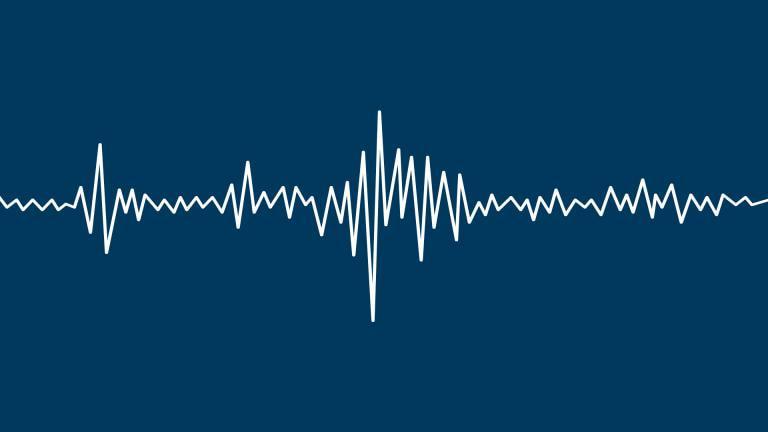
Markets Weekly podcast
18 Nov 2024

03 March 2020
3 minute read
Bonds have repriced due to safe-haven flows on the back of heightened uncertainty on fears of a wider contagion of the Covid-19 virus. Most notably, the US 10-year and 30-year yield reached new lows at 1.02 and 1.60 respectively.
The US Federal Reserve (Fed) responded with an emergency cut of 50 basis points (bp) on 3 March and justified this as follows: “In light of these risks and in support of achieving its maximum employment and price stability goals.” The Euro dollar future market is pricing in two more cuts over 12 months.
The Fed clearly wanted to avoid a scenario whereby it is running behind market expectations as in 2019. Given that now only four 25bp cuts are left to the 0% mark, it is likely that the Fed will be prudent in using this ammunition. However, should inflation and inflation expectation remain below the Fed’s 2% target, a further cut within the next 12 months should not be ruled out.
In this environment we believe that interest rates stay lower for longer while the significant move opens up surprise potential with yields bouncing should a deep recession as implied by depressed yields not crystallise.
The flow from riskier assets to safe haven has led to a substantial widening of spreads within the high yield market. In Europe, as well as in the US, spreads have widened by more than 100bp and with the average yield for US high yield now at around 6% we feel risk seems better priced and the period of expensive valuations resolved.
High yield bonds carry higher risk of default in an economic downturn which makes selection even more important. Investment grade bonds yield lower in absolute terms but on a relative perspective the segment combines stable return prospective with additional moderate yield pickup.
Following the sharp correction at the end of February, equity markets appear to have found a bottom, supported by technical (oversold levels) and fundamental (several companies highlighting a relatively benign aftermath of the Covid-19 outbreak in China) factors as well as monetary (US Federal Reserve cutting interest rates) and fiscal (governments pledging dedicated stimulus programs) boosts.
The recovery from here will likely be gradual. While investors may be reassured that authorities are standing by to support economic growth, they remain powerless with regards to the epidemic. As such, the focus will now turn back to more fundamental data points such as new global cases or factories and retail activity. This is likely to result in heightened volatility in the weeks ahead.
We expect that global economic activity will rebound and normalise in the second half of the year. In this context and following the recent de-rating, we are turning incrementally positive on equities.
This document has been issued by the Investments division at Barclays Private Banking division and is not a product of the Barclays Research department. Any views expressed may differ from those of Barclays Research. All opinions and estimates included in this document constitute our judgment as of the date of the document and may be subject to change without notice. No representation is made as to the accuracy of the assumptions made within, or completeness of, any modeling, scenario analysis or back-testing.
Barclays is not responsible for information stated to be obtained or derived from third party sources or statistical services, and we do not guarantee the information’s accuracy which may be incomplete or condensed.
This document has been prepared for information purposes only and does not constitute a prospectus, an offer, invitation or solicitation to buy or sell securities and is not intended to provide the sole basis for any evaluation of the securities or any other instrument, which may be discussed in it.
Any offer or entry into any transaction requires Barclays’ subsequent formal agreement which will be subject to internal approvals and execution of binding transaction documents. Any past or simulated past performance including back-testing, modeling or scenario analysis contained herein does not predict and is no indication as to future performance. The value of any investment may also fluctuate as a result of market changes.
Neither Barclays, its affiliates nor any of its directors, officers, employees, representatives or agents, accepts any liability whatsoever for any direct, indirect or consequential losses (in contract, tort or otherwise) arising from the use of this communication or its contents or reliance on the information contained herein, except to the extent this would be prohibited by law or regulation..
This document and the information contained herein may only be distributed and published in jurisdictions in which such distribution and publication is permitted. You may not distribute this document, in whole or part, without our prior, express written permission. Law or regulation in certain countries may restrict the manner of distribution of this document and persons who come into possession of this document are required to inform themselves of and observe such restrictions.
The contents herein do not constitute investment, legal, tax, accounting or other advice. You should consider your own financial situation, objectives and needs, and conduct your own independent investigation and assessment of the contents of this document, including obtaining investment, legal, tax, accounting and such other advice as you consider necessary or appropriate, before making any investment or other decision.
THIS COMMUNICATION IS PROVIDED FOR INFORMATION PURPOSES ONLY AND IS SUBJECT TO CHANGE. IT IS INDICATIVE ONLY AND IS NOT BINDING.